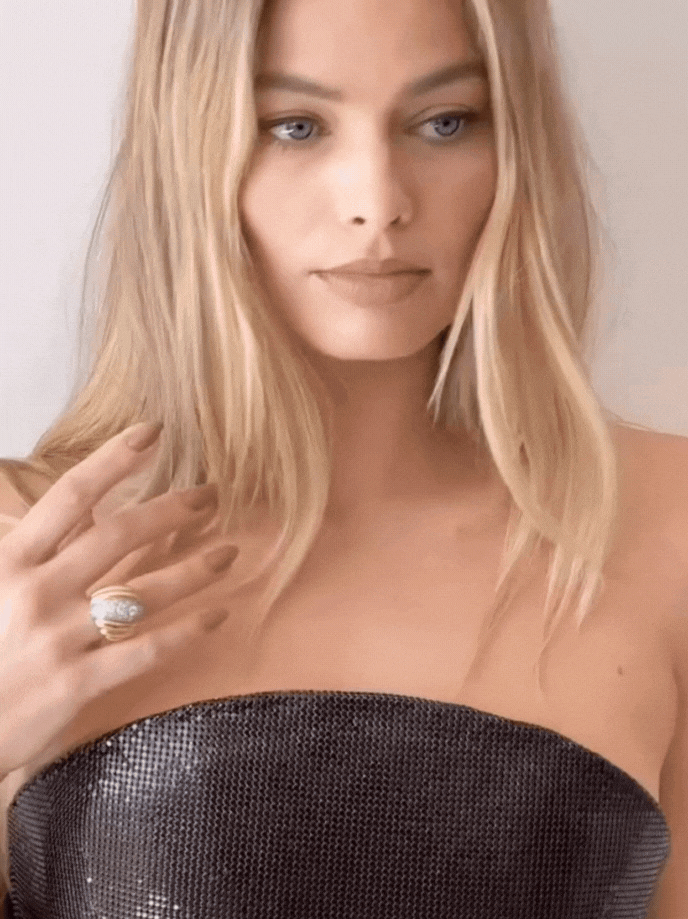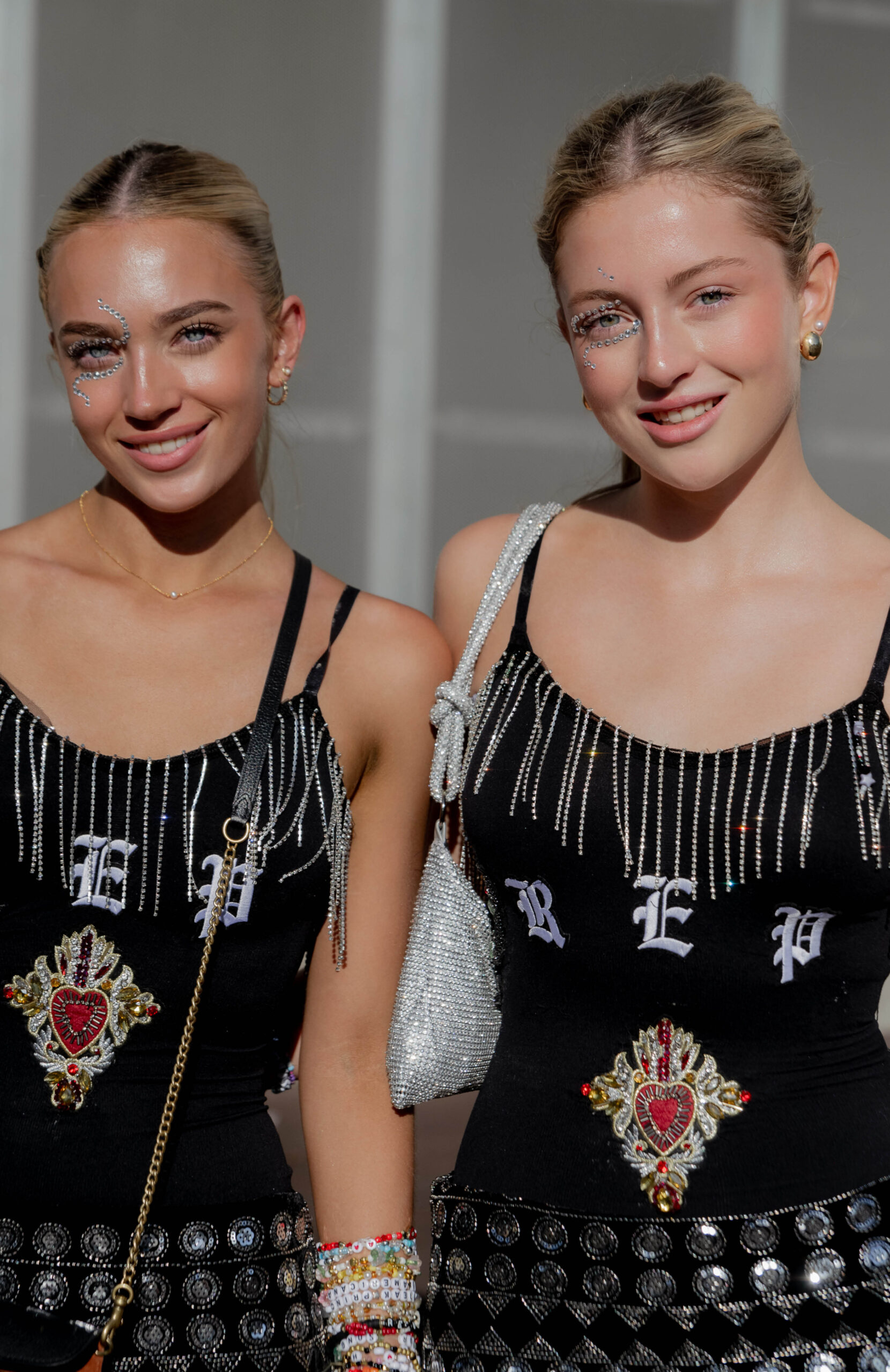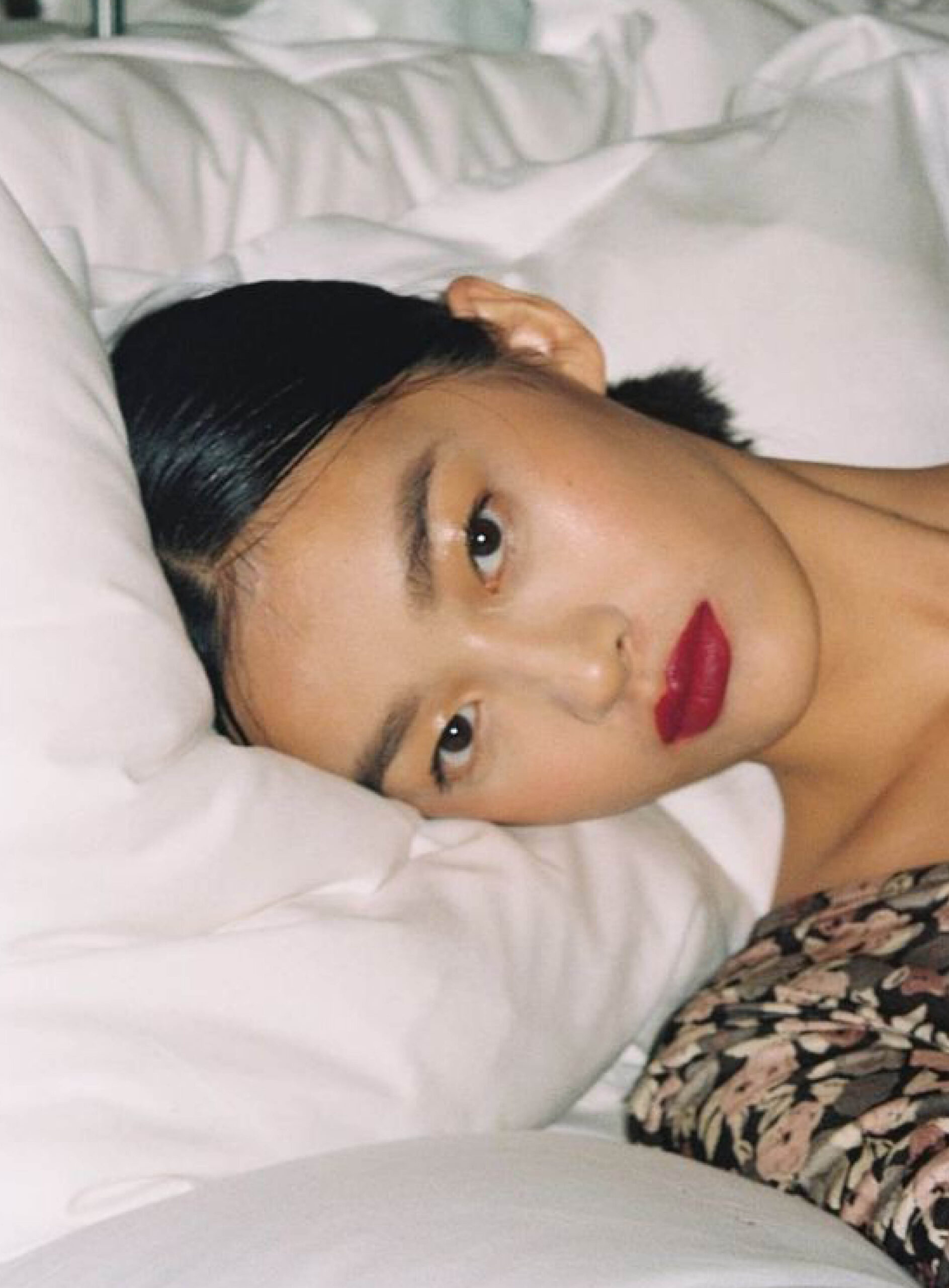How To Colour Correct For Every Skin Tone
Want to know the secret to colour correcting like a pro? Hint: it involves the colour wheel. Keep scrolling to find out exactly which colour correctors work best for every skin tone and skin concern.
Makeup application is often described as art—your face is the canvas and your makeup products are your paint (or crayons, or pencils). It’s a pretty good analogy. But do you know what part of makeup application it is most relevant to? Colour correcting.
You’ve probably seen makeup artists apply green, purple, peach, red, orange or yellow to different parts of the face before blending it out with concealer and foundation. Now, you can join in on the fun. Makeup artists Kim Pham and Valerie from Marielou Makeup share how colour correcting works, and which colours work best for different skin tones and skin concerns.
Let’s Break Down The Art Of Colour Correcting
“Colour correcting is a technique used to neutralise skin discolouration such as dark spots, redness, dullness and hyperpigmentation,” notes Marielou Makeup.
Remember when you learned about the colour wheel in primary school? Well, that lesson is about to come in really handy for understanding how colour correcting works. “Usually, the area of skin you are correcting is brown, purple, or blue in tone,” says Pham. She notes that colour correcting will adjust these darker tones by using the opposite colour on the colour wheel to neutralise its darkness. “If there was no colour correcting, the result would be grey or ashy. For example, if you were to apply a lighter concealer straight onto a patch of pigmentation it would appear very muddy and grey. When layered with an orange corrector and the lighter concealer, the colour will appear more skin-like.”
One Colour Does Not Correct All Skin Concerns And Skin Tones
Colour correcting is a fine art, after all! The skin concern you’re looking to address and your skin tone will determine which colour you use to correct. So, just play around with different colours and see how you go … just kidding! You need to use the right colours for the colour correcting to work. Starting off with the skin concern you’re trying to address.
“Colour correctors come in different shades such as lavender to fight dullness, green to reduce redness and yellow, orange and red to cancel dark circles and hyperpigmentation,” explains Marielou Makeup.
These shades then need to be balanced against your skin tone. Pham explains:
- Fair to medium skin tones are best suited to pink/peach shades.
- Medium-dark to deep skin tones are best suited to colours closer to the pure colour on the colour wheel. “Bright oranges, deep peaches, and reds.”
Which Colour Corrector Will Work Best For Me?
You know we love to spill the tea! Here’s which colour corrector will work best for you, with pro-tips from our makeup experts:
Dullness
- Tan – deep skin tones: use a yellow colour corrector to fight the dullness and brighten the skin.
- Fair – light skin tones: use a purple colour corrector to cancel the dullness and brighten the complexion.
Pro tip: Marielou Makeup recommends using the M.A.C strobe creams in Goldlite for darker skin tones and Pinklite on fair skin. Pham is a fan of the Makeup Forever Yellowness Neutraliser Primer.
Redness
- Fair – light skin tones (which are usually more prone to redness): use a green colour corrector to neutralize the redness before applying a concealer.
Pro tip: Pham and Marielou Makeup recommend using the Stila One Step Correct.
Dark circles and pigmentation
- Tan – deep skin tones: dark circles and pigmentation look more dark-brown on these skin tones. An orange or red corrector should be used.
- Fair – light skin tones: dark circles and pigmentation tend to appear more blue or purple on these skin tones. A light peach or pink colour corrector is best.
Pro tip: Marielou Makeup and Pham both love the Bobbi Brown correctors, the MAC Correct and Conceal Palettes and the NARS Radiant Creamy Colour Corrector. Special shoutout to the Live Tinted Huesticks from Marielou Makeup!
Class dismissed! You’re officially ready to work your artistry and colour correct any dullness, redness, dark circles and pigmentation away.
Photography & Styling: Lucy Alcorn / Makeup: Verity Gershenson / Talent: Nonny Mulholland / Jewellery: Holly Ryan
How To Colour Correct For Every Skin Tone
Photography & Styling: Lucy Alcorn / Makeup: Verity Gershenson / Talent: Nonny Mulholland / Jewellery: Holly Ryan
Want to know the secret to colour correcting like a pro? Hint: it involves the colour wheel. Keep scrolling to find out exactly which colour correctors work best for every skin tone and skin concern.
Makeup application is often described as art—your face is the canvas and your makeup products are your paint (or crayons, or pencils). It’s a pretty good analogy. But do you know what part of makeup application it is most relevant to? Colour correcting.
You’ve probably seen makeup artists apply green, purple, peach, red, orange or yellow to different parts of the face before blending it out with concealer and foundation. Now, you can join in on the fun. Makeup artists Kim Pham and Valerie from Marielou Makeup share how colour correcting works, and which colours work best for different skin tones and skin concerns.
Let’s Break Down The Art Of Colour Correcting
“Colour correcting is a technique used to neutralise skin discolouration such as dark spots, redness, dullness and hyperpigmentation,” notes Marielou Makeup.
Remember when you learned about the colour wheel in primary school? Well, that lesson is about to come in really handy for understanding how colour correcting works. “Usually, the area of skin you are correcting is brown, purple, or blue in tone,” says Pham. She notes that colour correcting will adjust these darker tones by using the opposite colour on the colour wheel to neutralise its darkness. “If there was no colour correcting, the result would be grey or ashy. For example, if you were to apply a lighter concealer straight onto a patch of pigmentation it would appear very muddy and grey. When layered with an orange corrector and the lighter concealer, the colour will appear more skin-like.”
One Colour Does Not Correct All Skin Concerns And Skin Tones
Colour correcting is a fine art, after all! The skin concern you’re looking to address and your skin tone will determine which colour you use to correct. So, just play around with different colours and see how you go … just kidding! You need to use the right colours for the colour correcting to work. Starting off with the skin concern you’re trying to address.
“Colour correctors come in different shades such as lavender to fight dullness, green to reduce redness and yellow, orange and red to cancel dark circles and hyperpigmentation,” explains Marielou Makeup.
These shades then need to be balanced against your skin tone. Pham explains:
- Fair to medium skin tones are best suited to pink/peach shades.
- Medium-dark to deep skin tones are best suited to colours closer to the pure colour on the colour wheel. “Bright oranges, deep peaches, and reds.”
Which Colour Corrector Will Work Best For Me?
You know we love to spill the tea! Here’s which colour corrector will work best for you, with pro-tips from our makeup experts:
Dullness
- Tan – deep skin tones: use a yellow colour corrector to fight the dullness and brighten the skin.
- Fair – light skin tones: use a purple colour corrector to cancel the dullness and brighten the complexion.
Pro tip: Marielou Makeup recommends using the M.A.C strobe creams in Goldlite for darker skin tones and Pinklite on fair skin. Pham is a fan of the Makeup Forever Yellowness Neutraliser Primer.
Redness
- Fair – light skin tones (which are usually more prone to redness): use a green colour corrector to neutralize the redness before applying a concealer.
Pro tip: Pham and Marielou Makeup recommend using the Stila One Step Correct.
Dark circles and pigmentation
- Tan – deep skin tones: dark circles and pigmentation look more dark-brown on these skin tones. An orange or red corrector should be used.
- Fair – light skin tones: dark circles and pigmentation tend to appear more blue or purple on these skin tones. A light peach or pink colour corrector is best.
Pro tip: Marielou Makeup and Pham both love the Bobbi Brown correctors, the MAC Correct and Conceal Palettes and the NARS Radiant Creamy Colour Corrector. Special shoutout to the Live Tinted Huesticks from Marielou Makeup!
Class dismissed! You’re officially ready to work your artistry and colour correct any dullness, redness, dark circles and pigmentation away.
















Comments